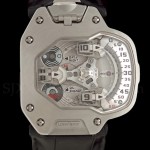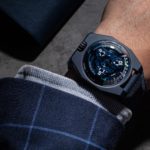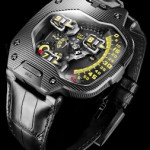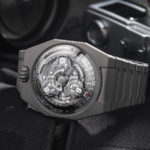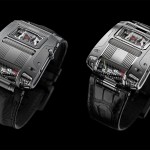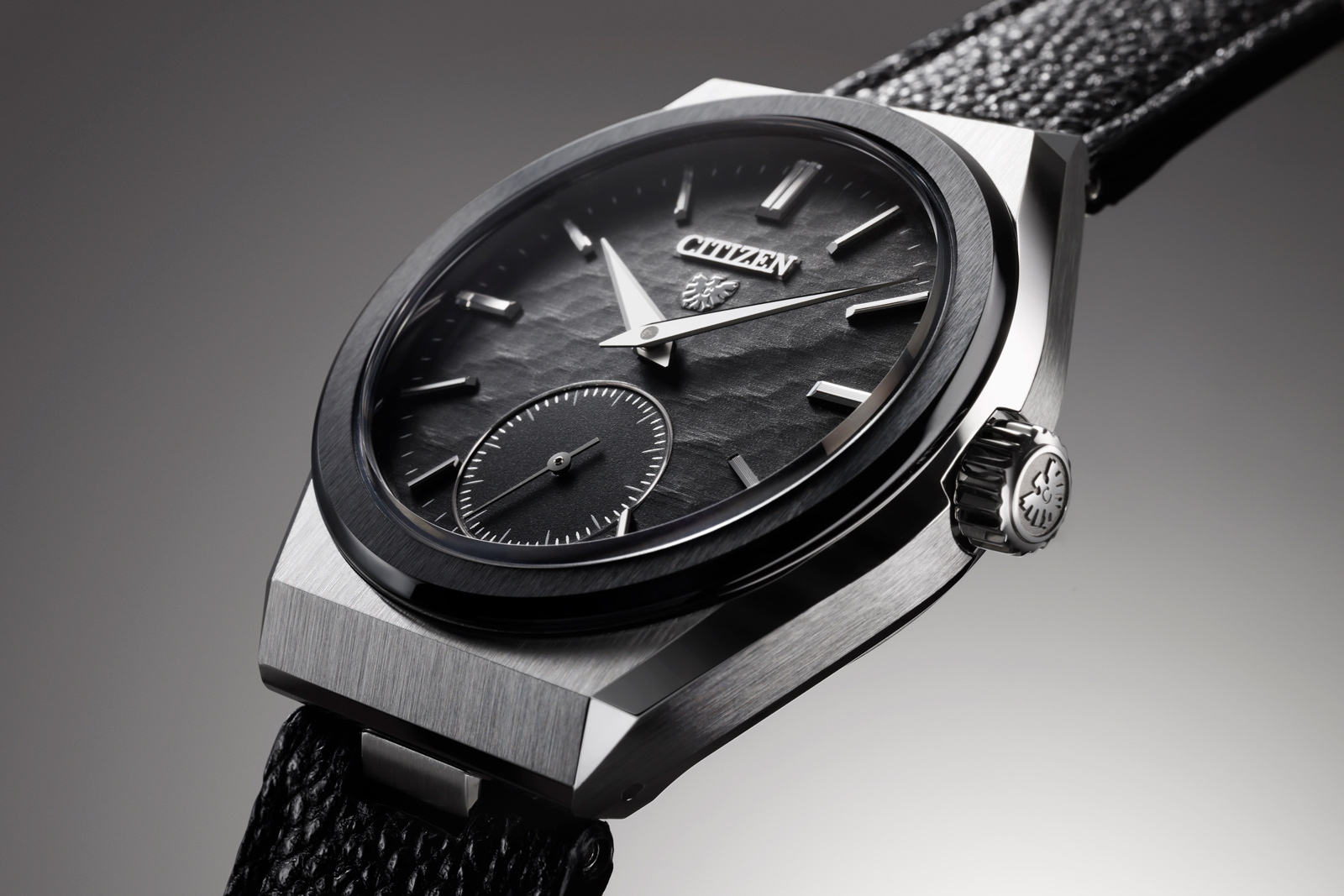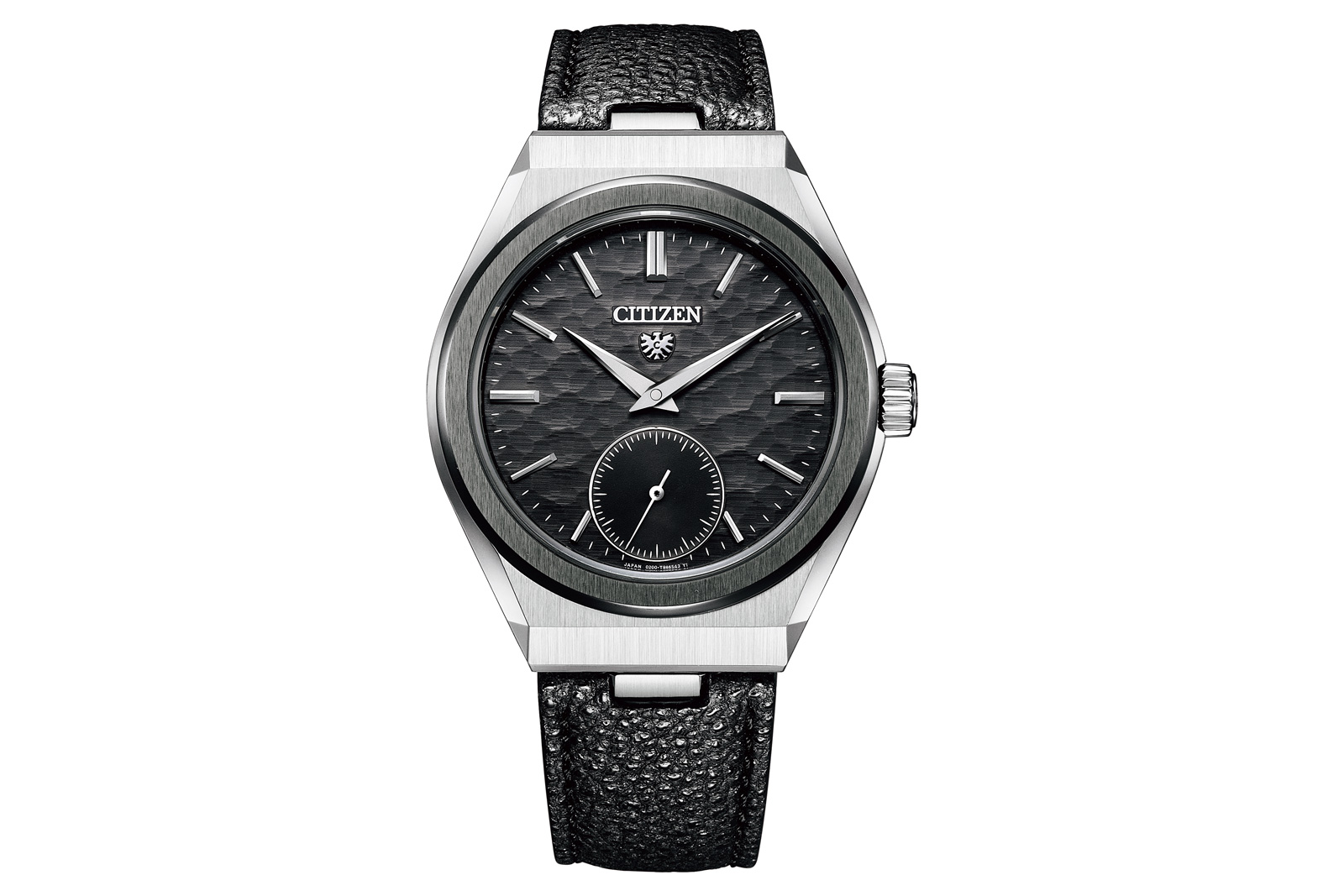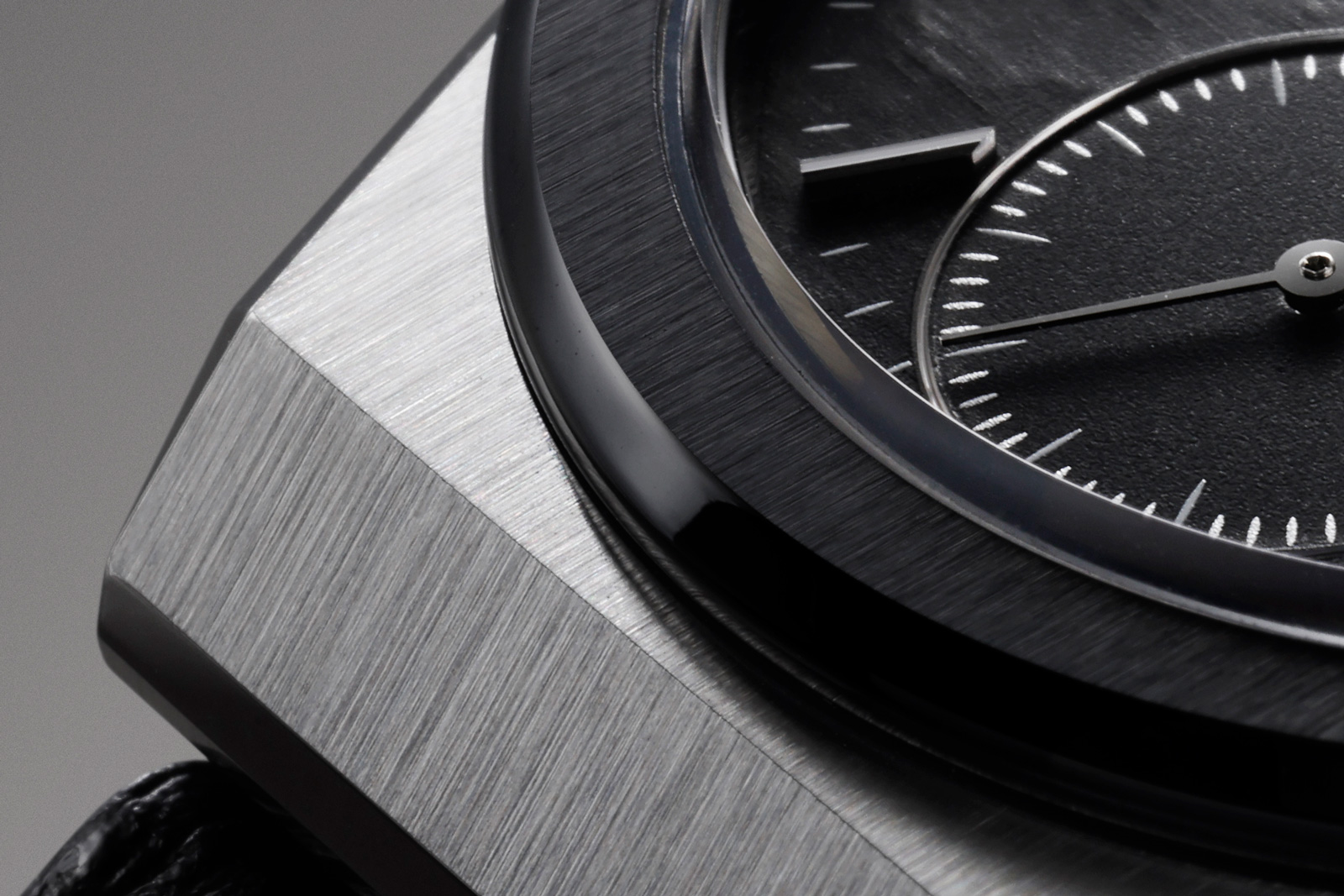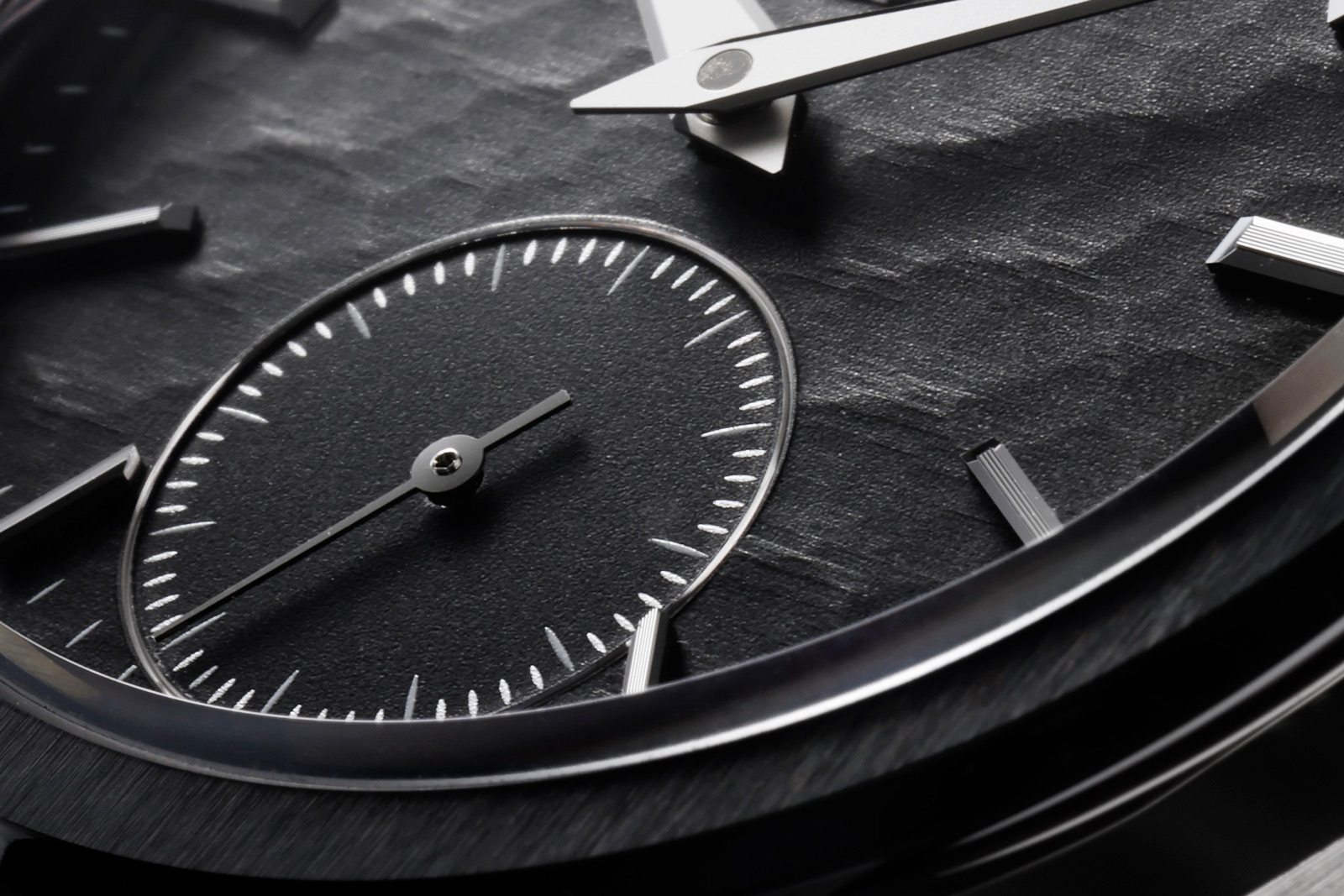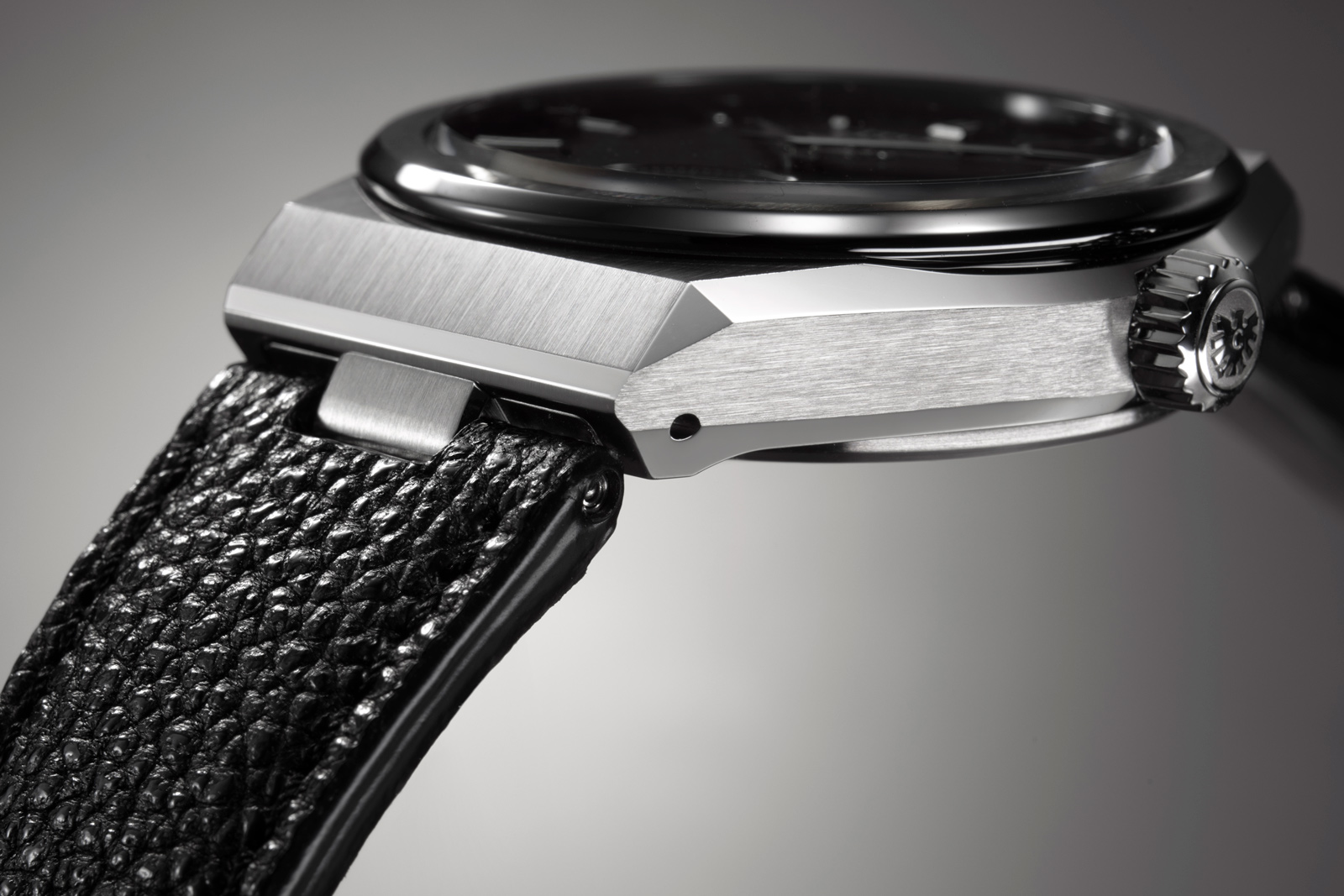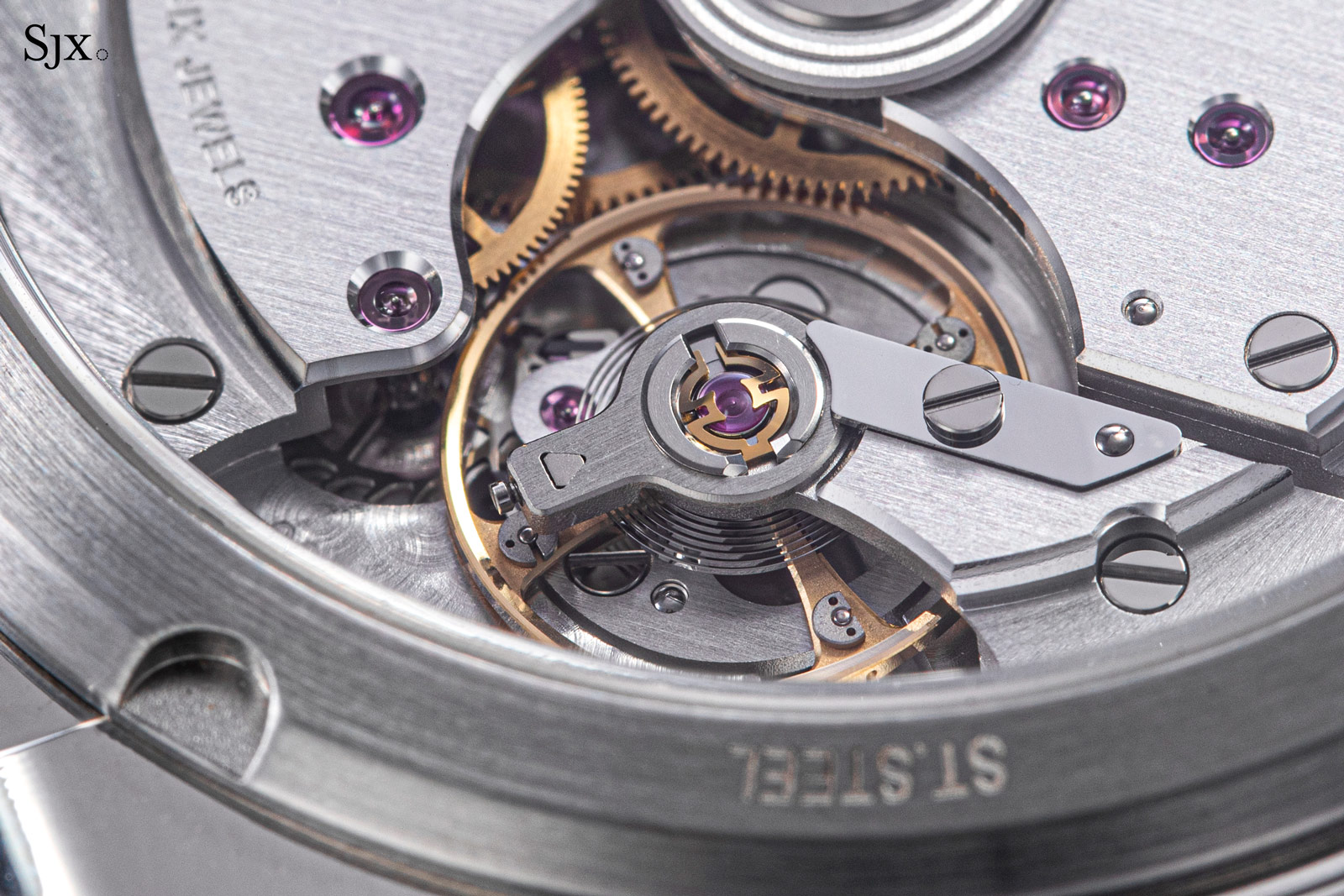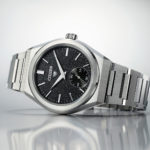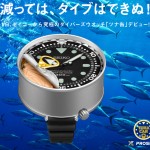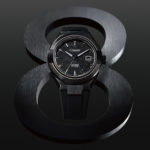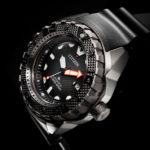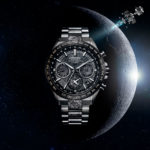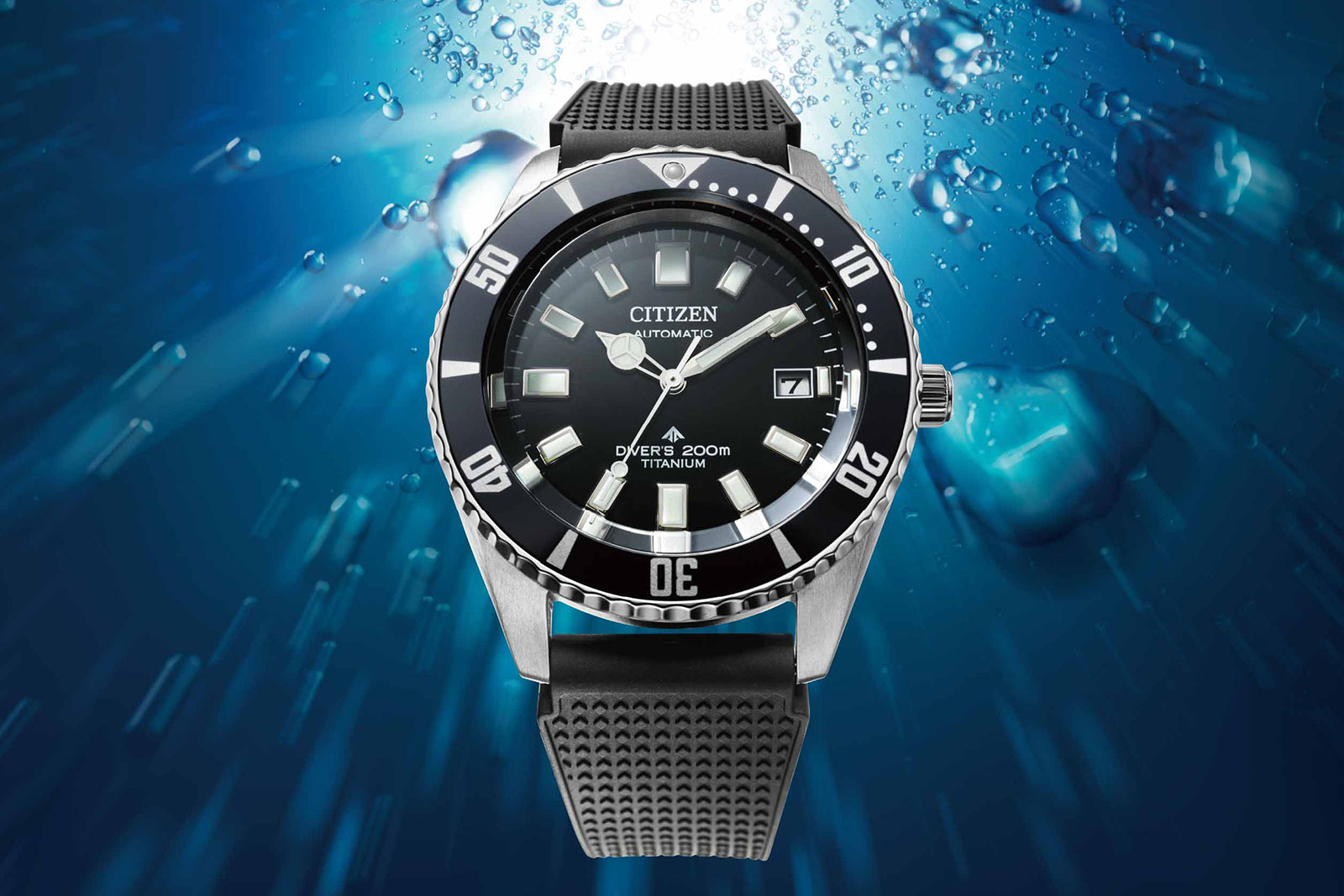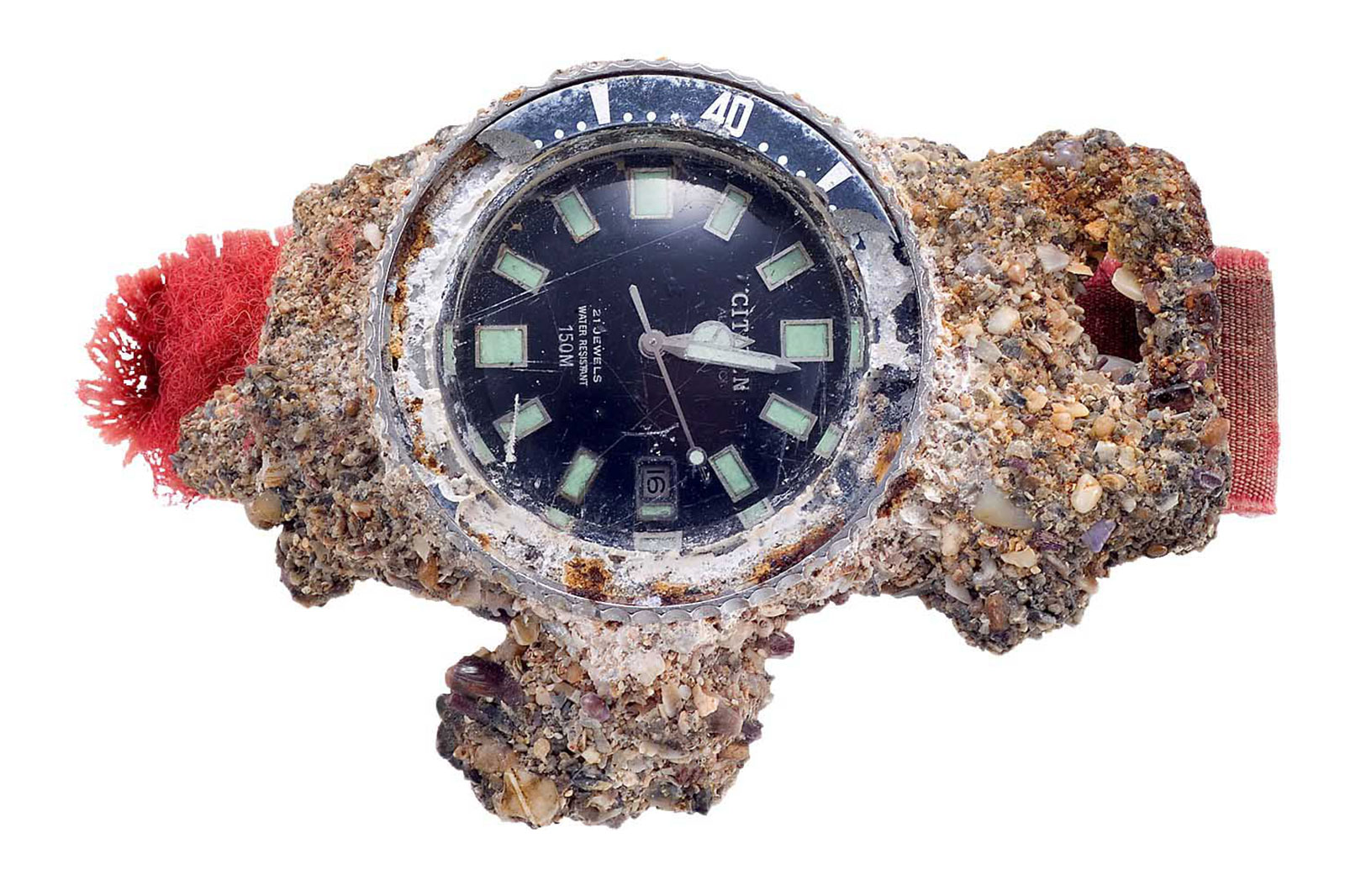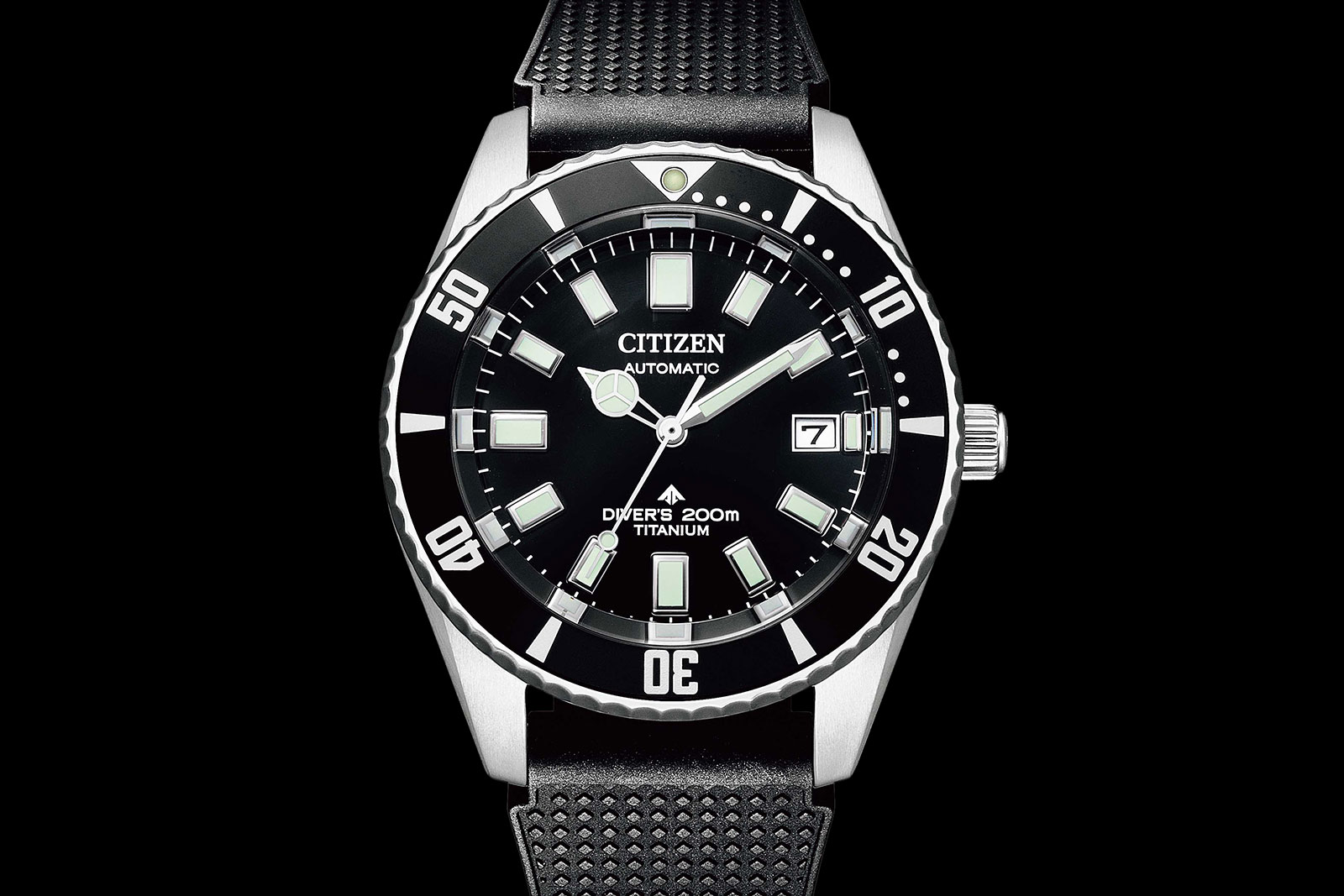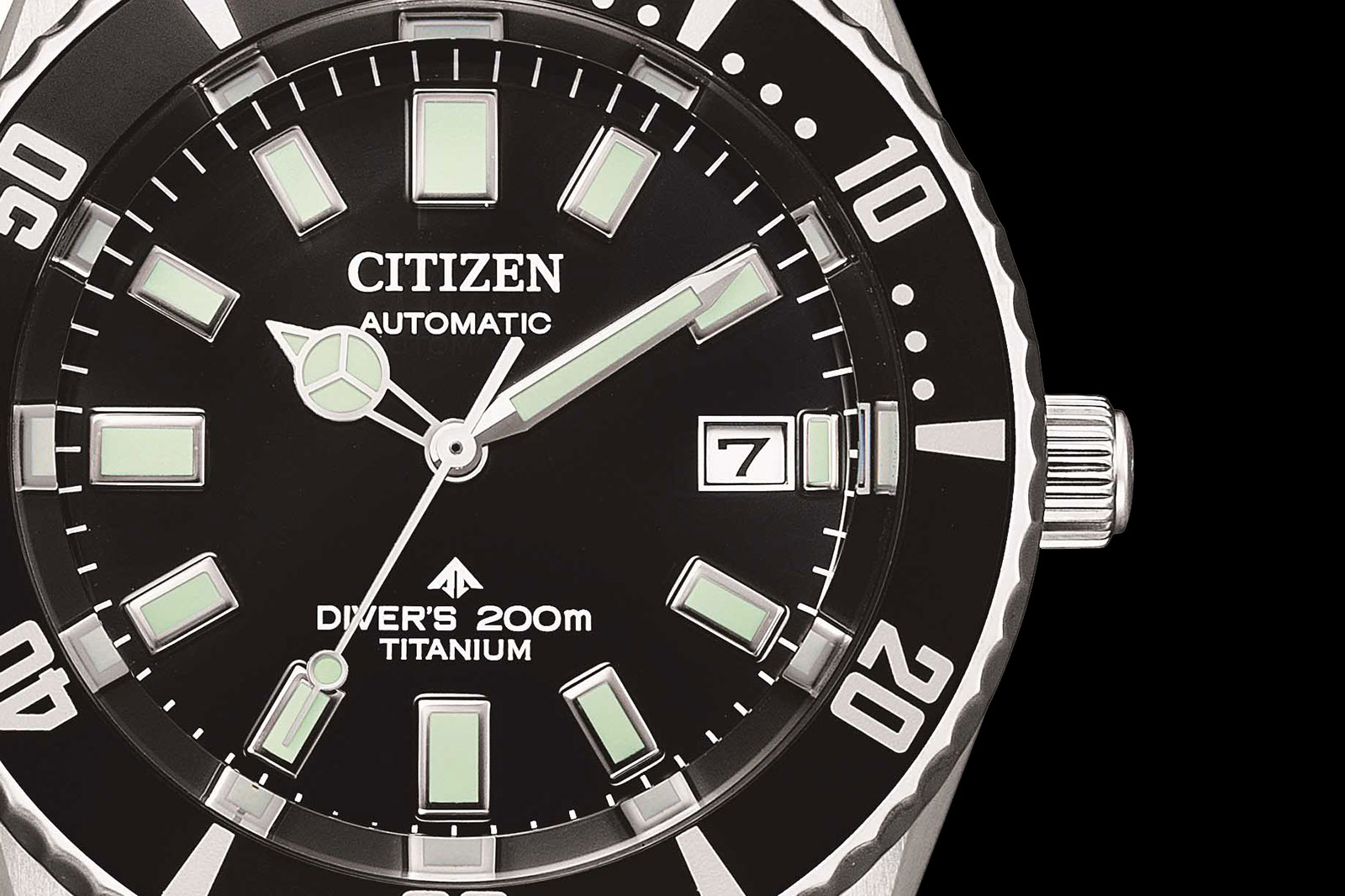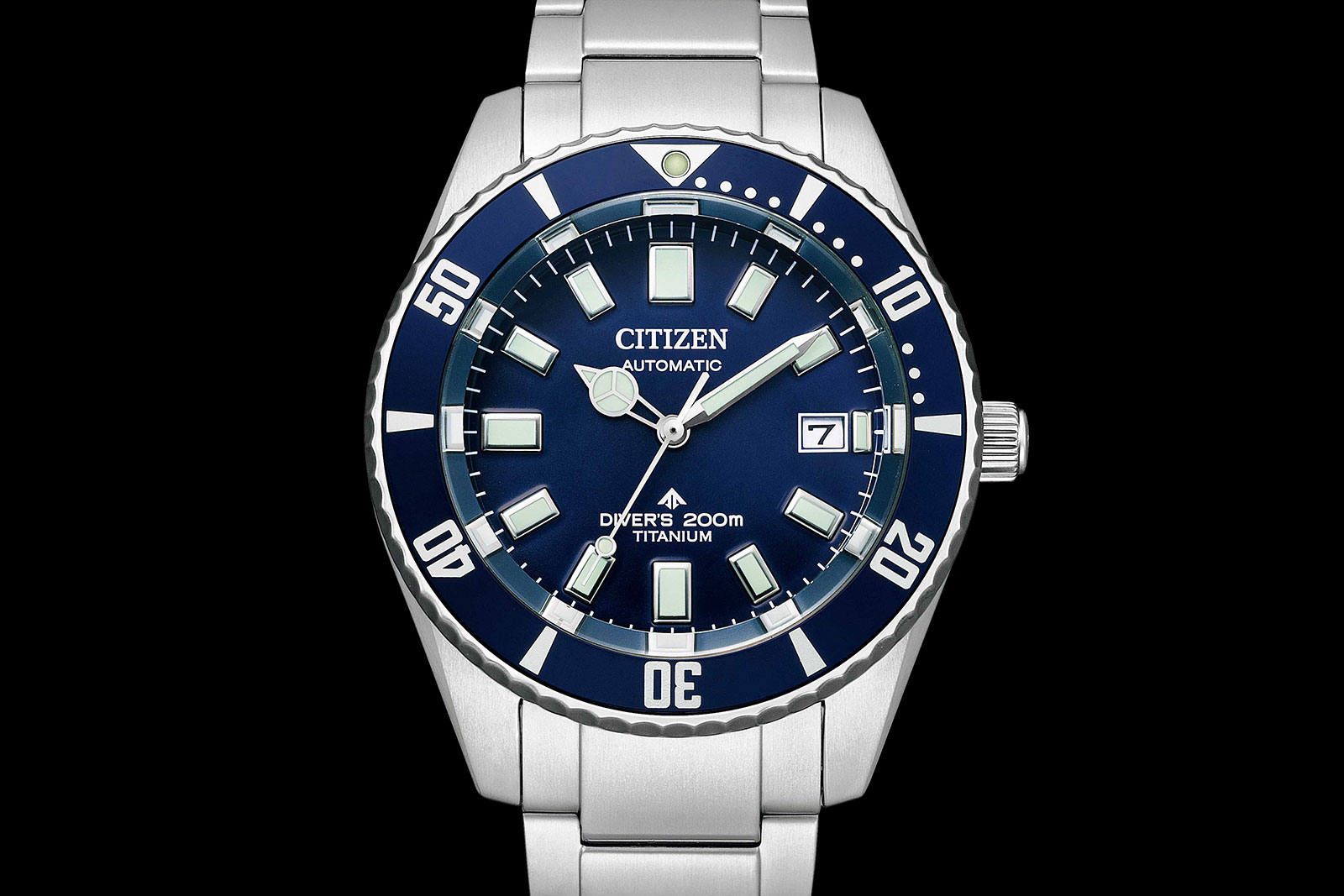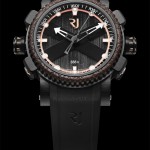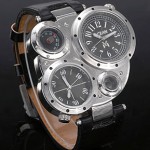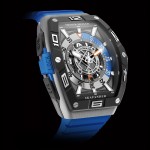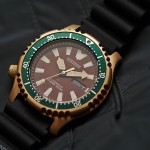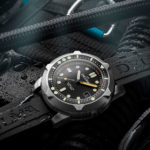Introducing the Urwerk UR-100V ‘Time and Culture’
How it came to be.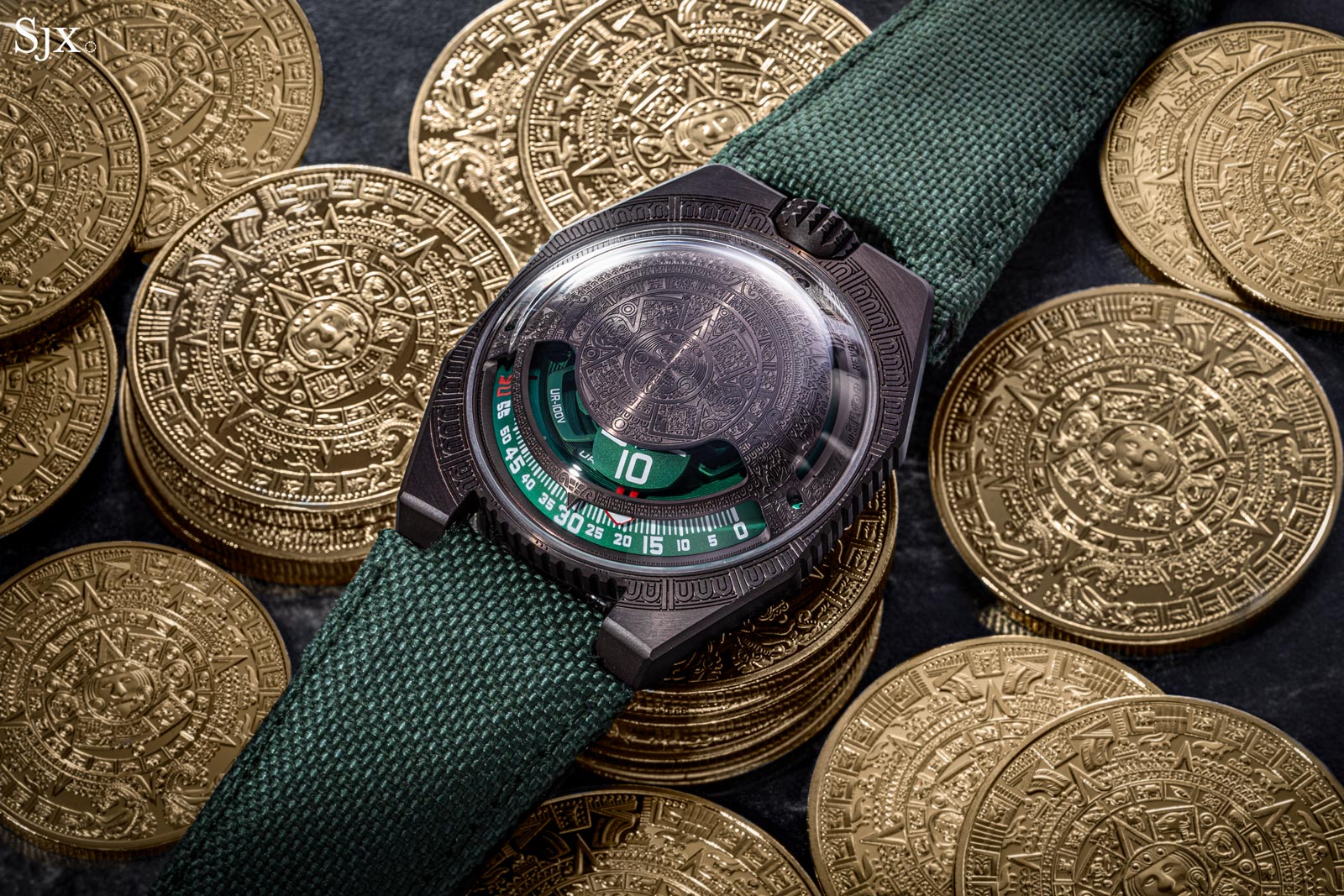
Urwerk founders Felix Baumgartner and Martin Frei visited Singapore in September 2019 and we had lunch with at the Marriott along Singapore’s Orchard Road, sitting outdoors to enjoy Singapore’s uniquely tropical weather.
Thanks to an inspiring afternoon with the pair, it was just after that lunch that I first mooted the idea of a UR-100 with a cover over the front. I sent over this awful mock-up I created on Photoshop, which was clearly inspired by the UR-103, an old favourite of mine.
After a back and forth with Felix and Martin, and a few long pauses in between, an idea took shape. In June 2020, I further refined the idea in an email to the pair, “I have an idea of a watch inspired by the ancient Mayan astronaut myth… something like an UR-100, but with metal covering more of the face… with an engraved Mayan pattern…”.
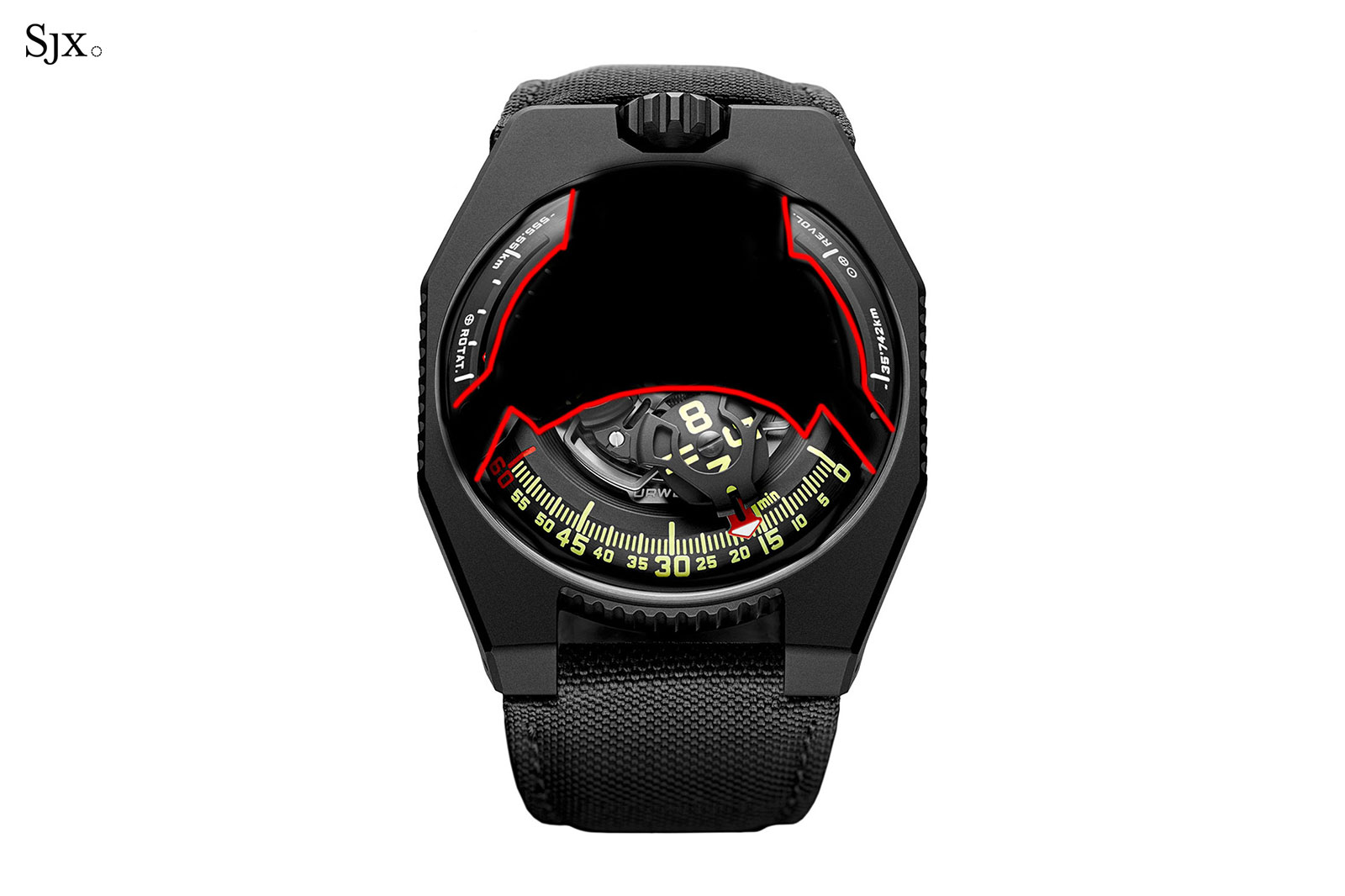
The starting point
A serious watch with a sense of humour is something that appeals to me, so the rationale for the concept was tongue in cheek: Urwerk makes sci-fi watches, so a Mayan motif was perfect since it was once believed the first person in space was a Mayan astronaut.
The myth arose from a misinterpretation of the motif on a Mayan ruler’s sarcophagus (you can find out more about supposed ancient astronaut by reading up on “Kʼinich Janaabʼ Pakal“).
Not long after, I elaborated on the idea and suggested a yellow gold case with an emerald cabochon in the crown. Unfortunately that was not to be (although some green did make it way into the watch).
But being the geniuses that they are, Felix and Martin realised the idea more impressively than I could have ever imagined.
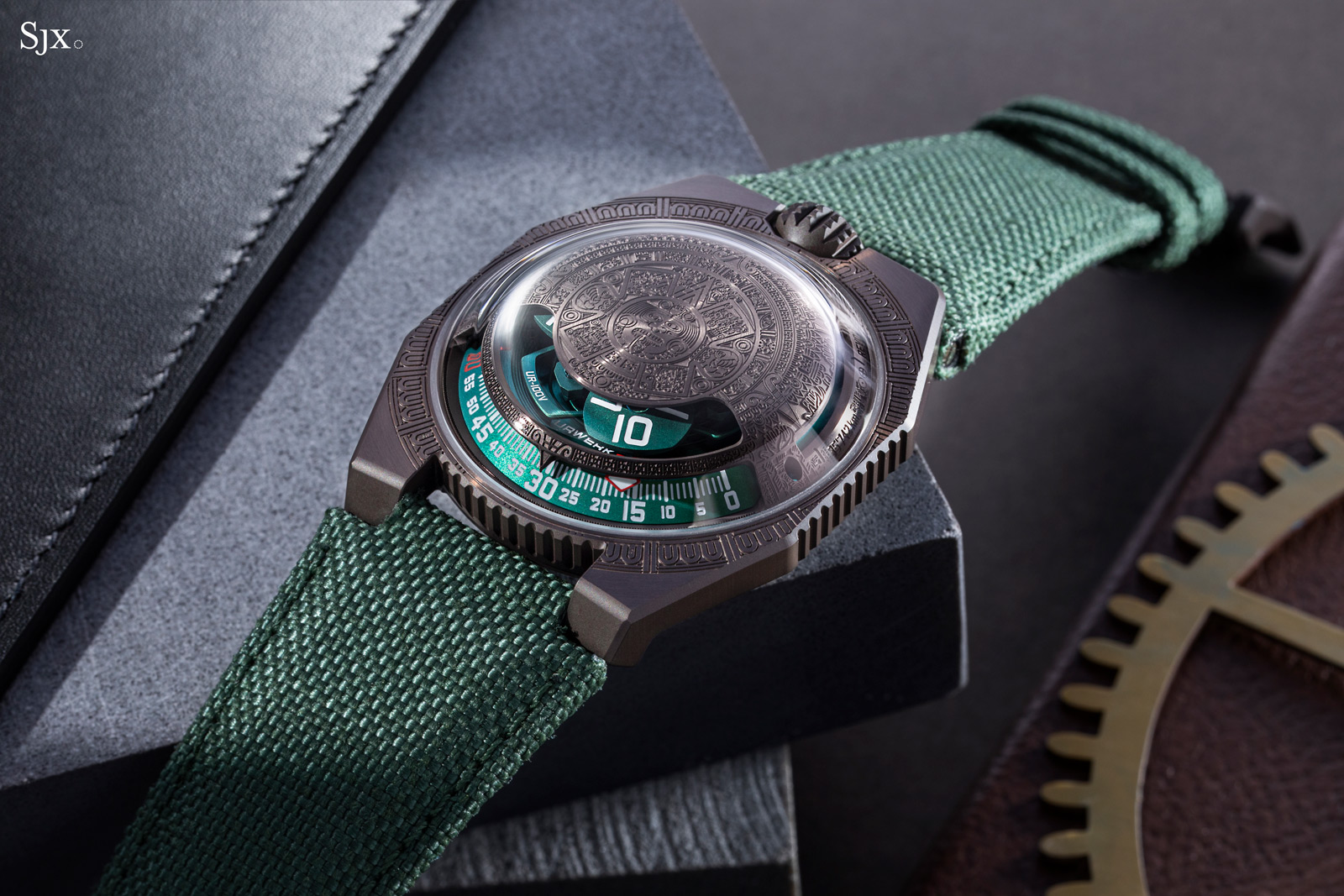
Micro Aztec
When I finally – and it was a long wait – travelled to Geneva in late 2021 I finally got to see the prototype. I was blown away by what Felix and Martin had created.
Entirely in coated steel with a titanium back, the UR-100V ‘Time and Culture’ has an engraved cover under the sapphire crystal, creating a fascinating visual effect.
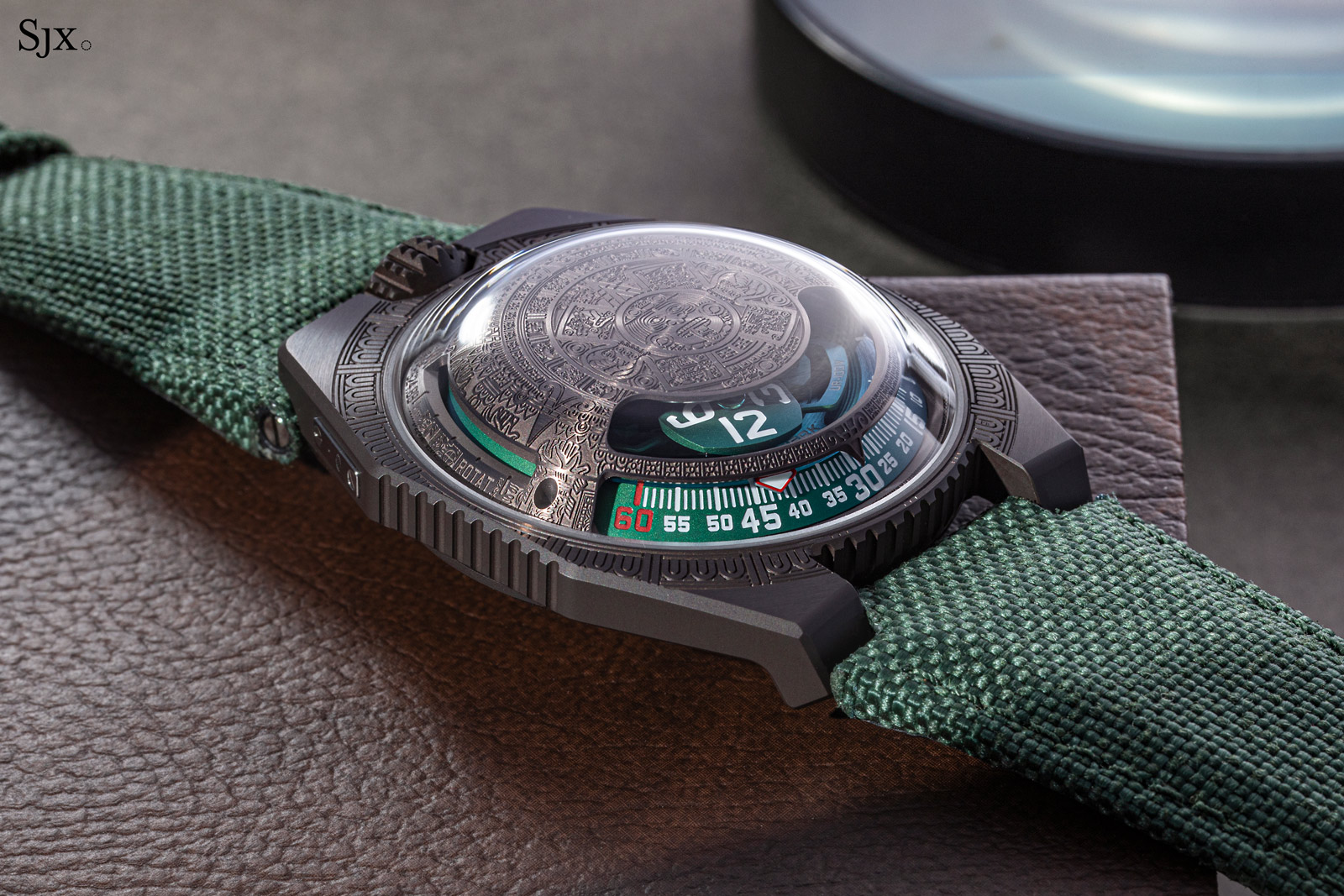
The cover is engraved with an Aztec motif taken from the Sun Stone, perhaps the most famous example of Aztec culture. Over 3.6 m wide and weighing over 24 tonnes, the 16th century stone is now on display in the National Anthropology Museum in Mexico City.
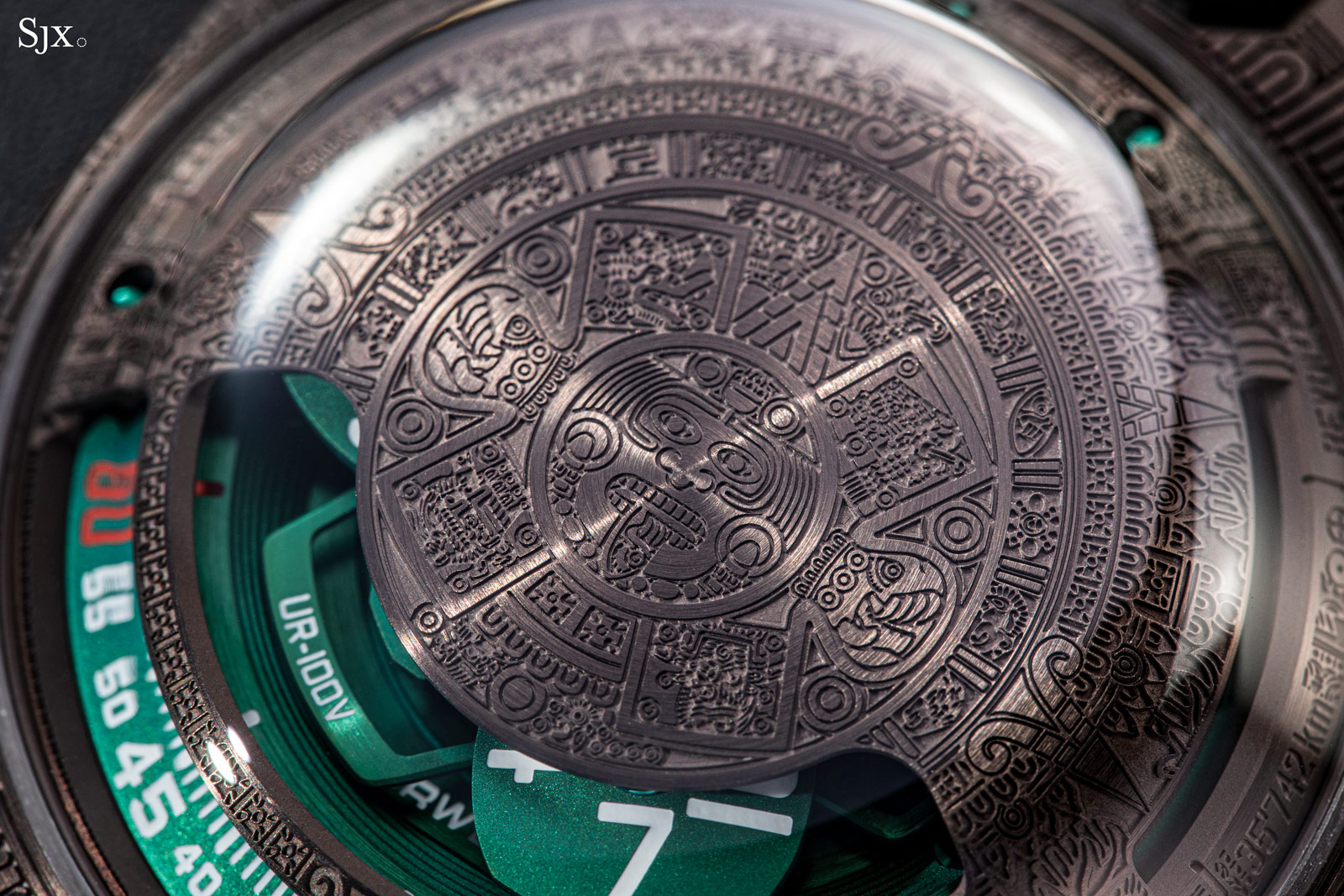
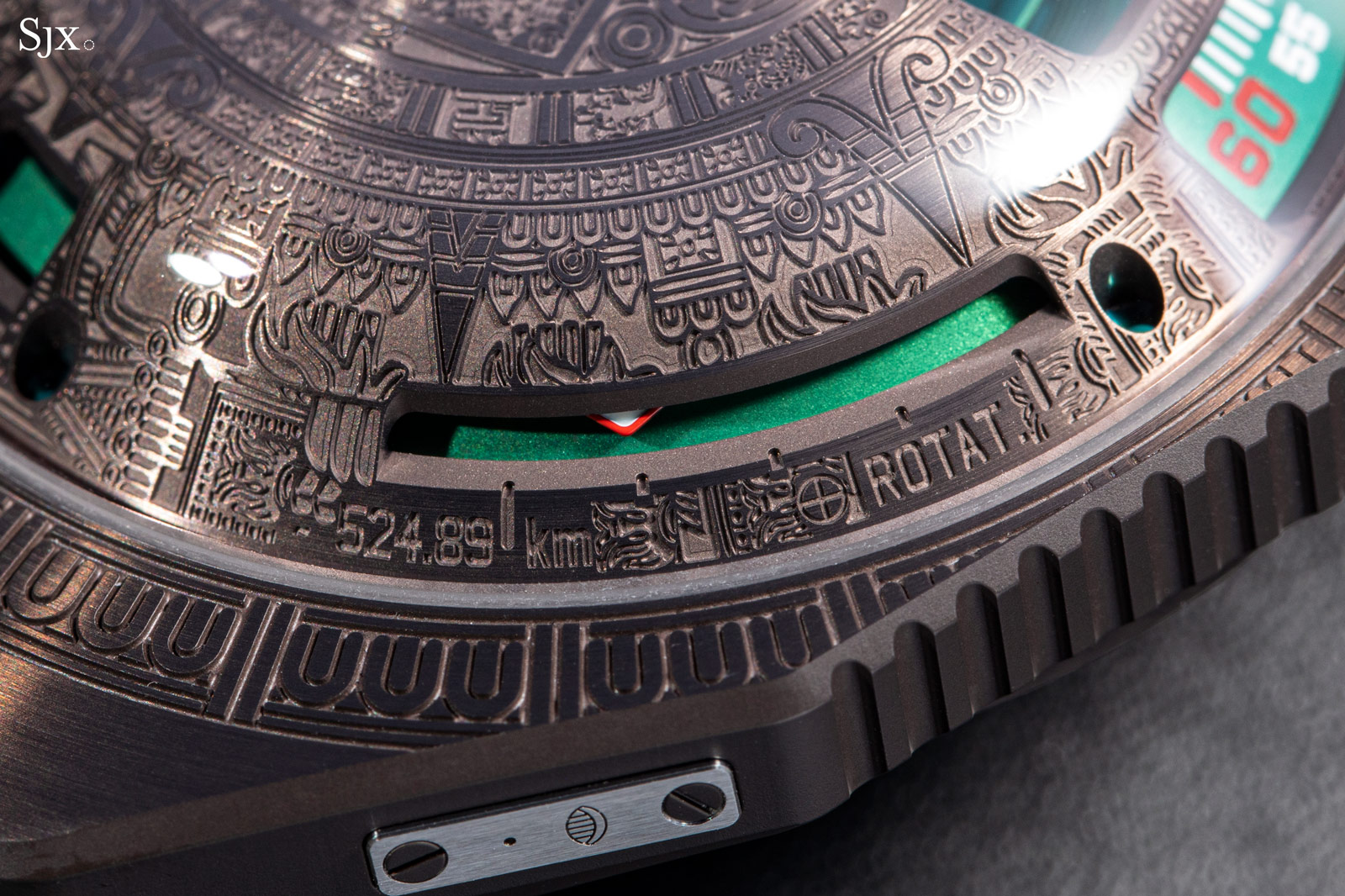
The engraving was done with a drill bit of just 0.05 mm in diameter – the incredible fineness of the tip meant that the breakage rate for the tool is extremely high, adding a further level of complexity to the production process.
The result is an engraving so tiny a loupe is required to see it in detail. The relief sections of the engraving are brushed, while the recesses are frosted, creating a subtle contrast that is obvious up close.
And I am grateful to Felix and Martin for incorporating my initials into the engraving as a “secret signature” that practically invisible to the naked eye.
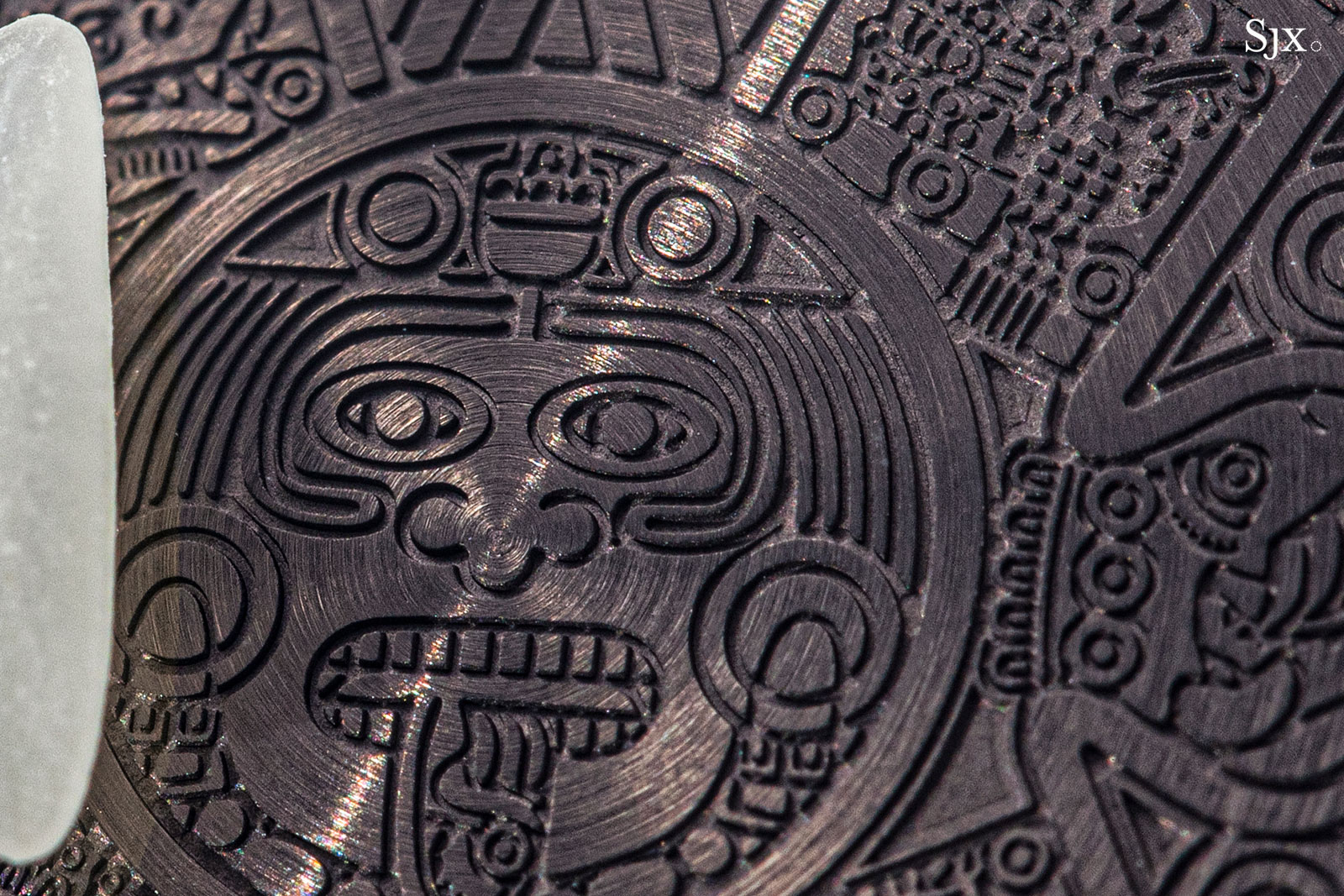
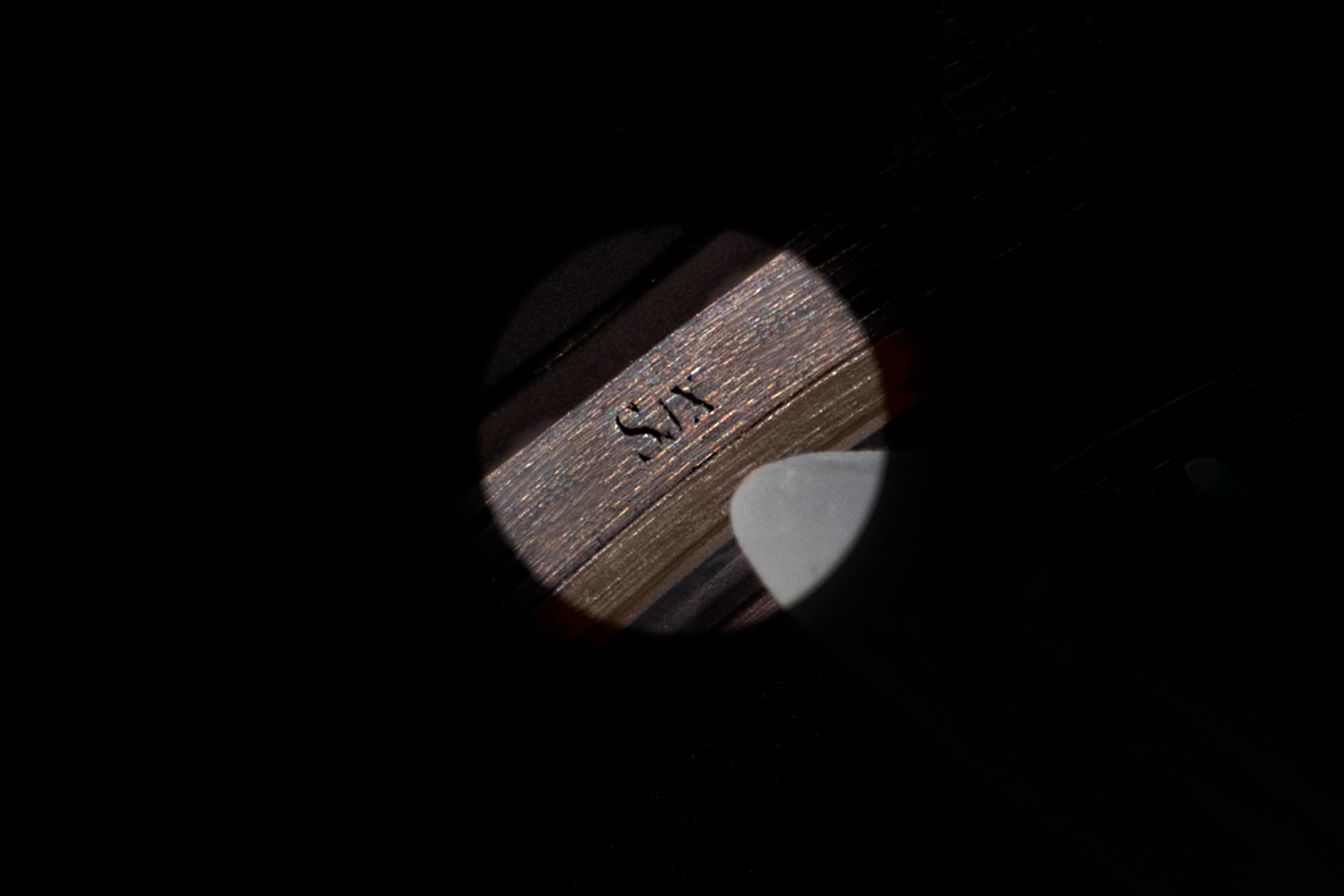
The mechanics of the time
The rest of the watch is very much the UR-100V, with same dimensions and functions. The cover and case are both steel that’s been finished with copper-bronze coating, while the case back is titanium.
Time is indicated by the familiar satellite discs that form a wandering display – hours on the discs and minutes on a track on the periphery of the dial.
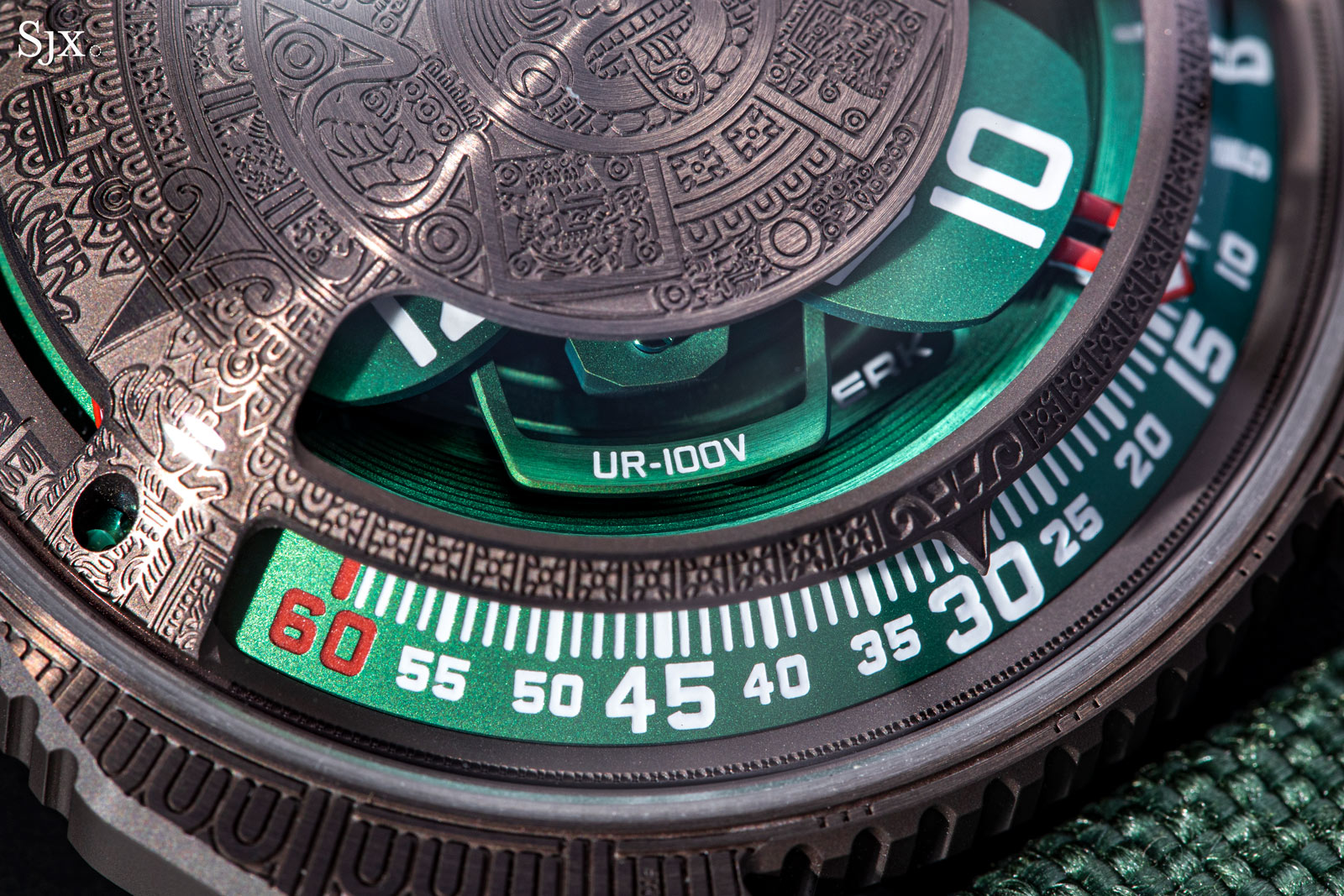
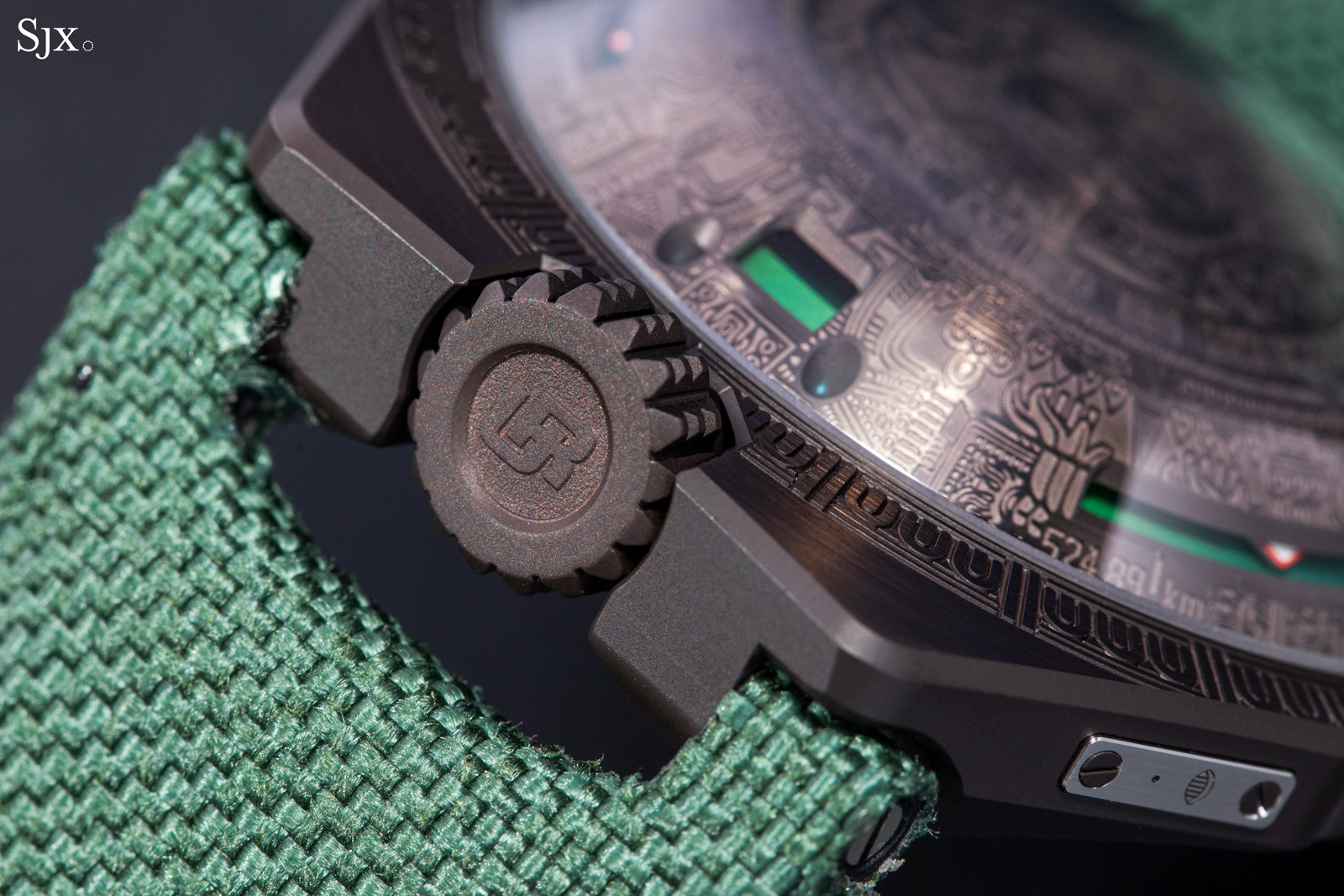
And two apertures on the edge of the front cover contain the two astronomical indicators that are a signature of the UR-100. The indicators are not mechanical functions, but instead scales that rely on the revolution of the satellite discs to measure astronomical distances travelled over 20 minutes.
The first indicator sits at 10 o’clock and shows the Earth’s rotation on its own axis as measured at the equator, that’s about 555 km every 20 minutes. And opposite this is the indicator that shows the Earth’s orbit around the Sun, 35,740 km in the same period of time.
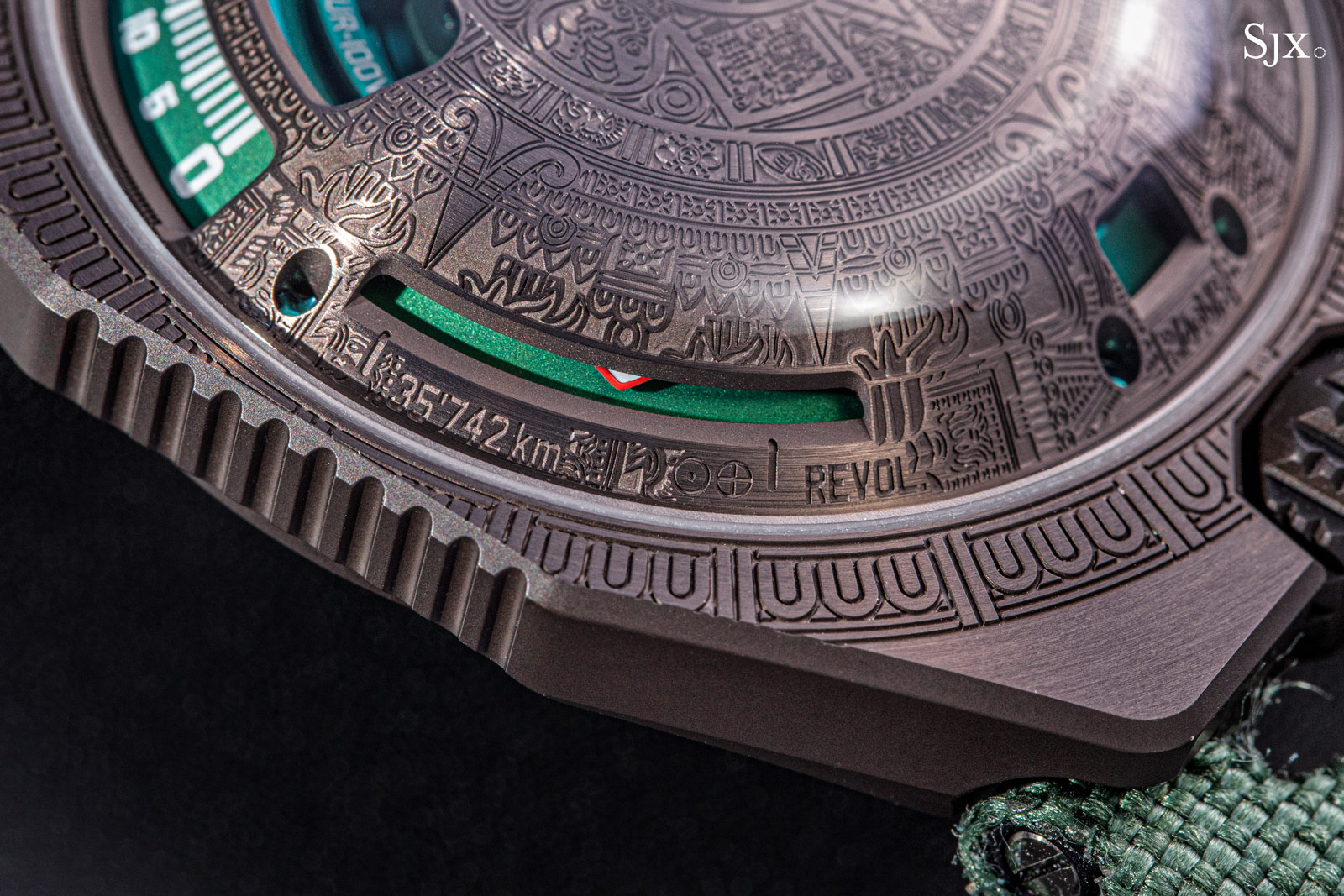
As in the standard UR-100, the base movement is an automatic Zenith Elite that’s fitted with the satellite disc module on the top, while on the back the winding mechanism has been modified to transform it into a “planetary turbine automatic system”, which Urwerk also refers to as the “Winfänger system”.
It’s basically a large wheel fixed to smaller gear underneath that meshes with a large toothed ring on the perimeter of the movement. It serves as a damper for the winding motion, preventing the rotor from winding too rapidly or too much.
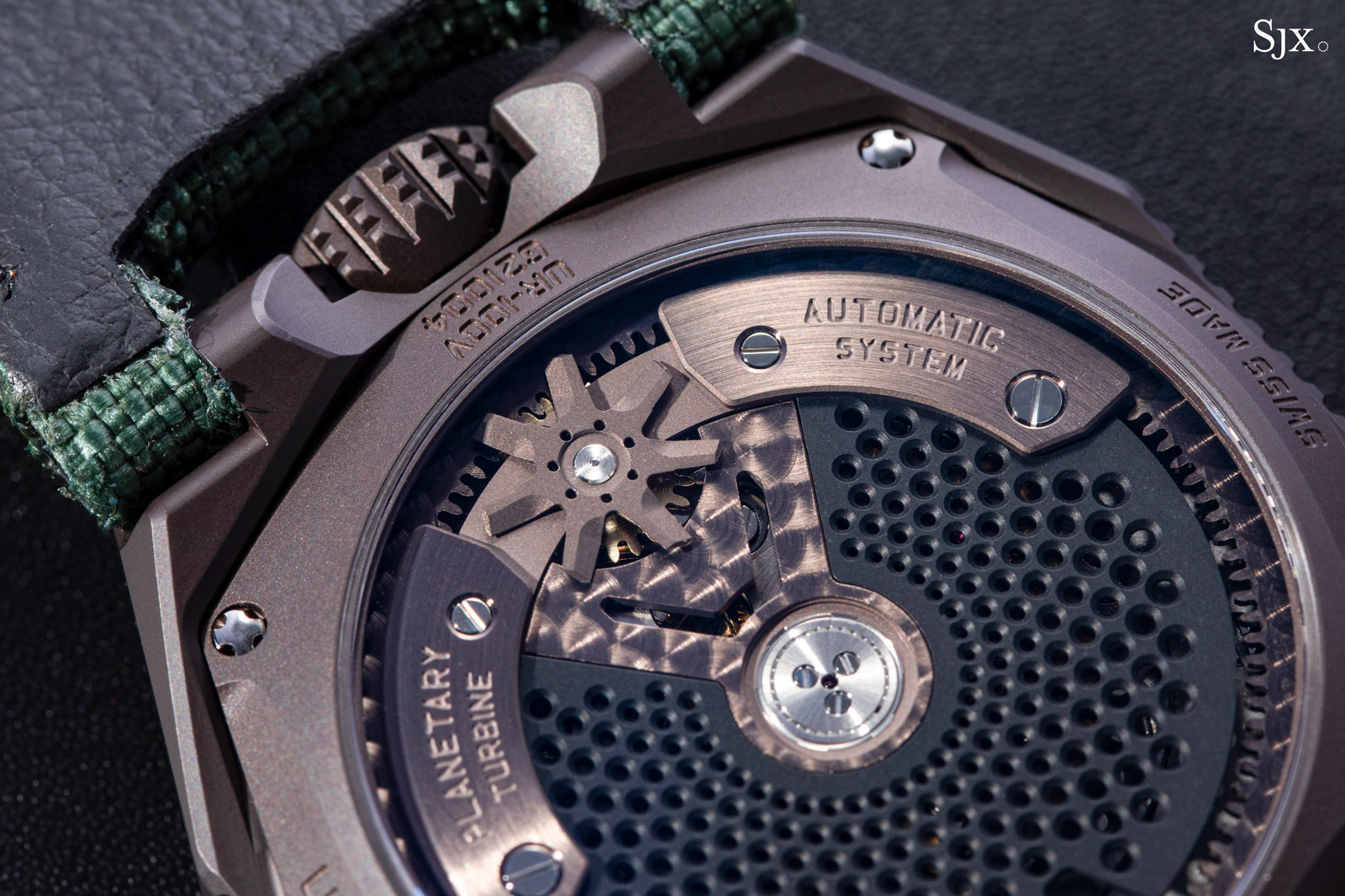
The UR-100V “Time and Culture I” is a limited edition of 20. We have a handful available, with the rest being available at Urwerk retailers.
Update: We are sold out, please contact an Urwerk retailer for availability.
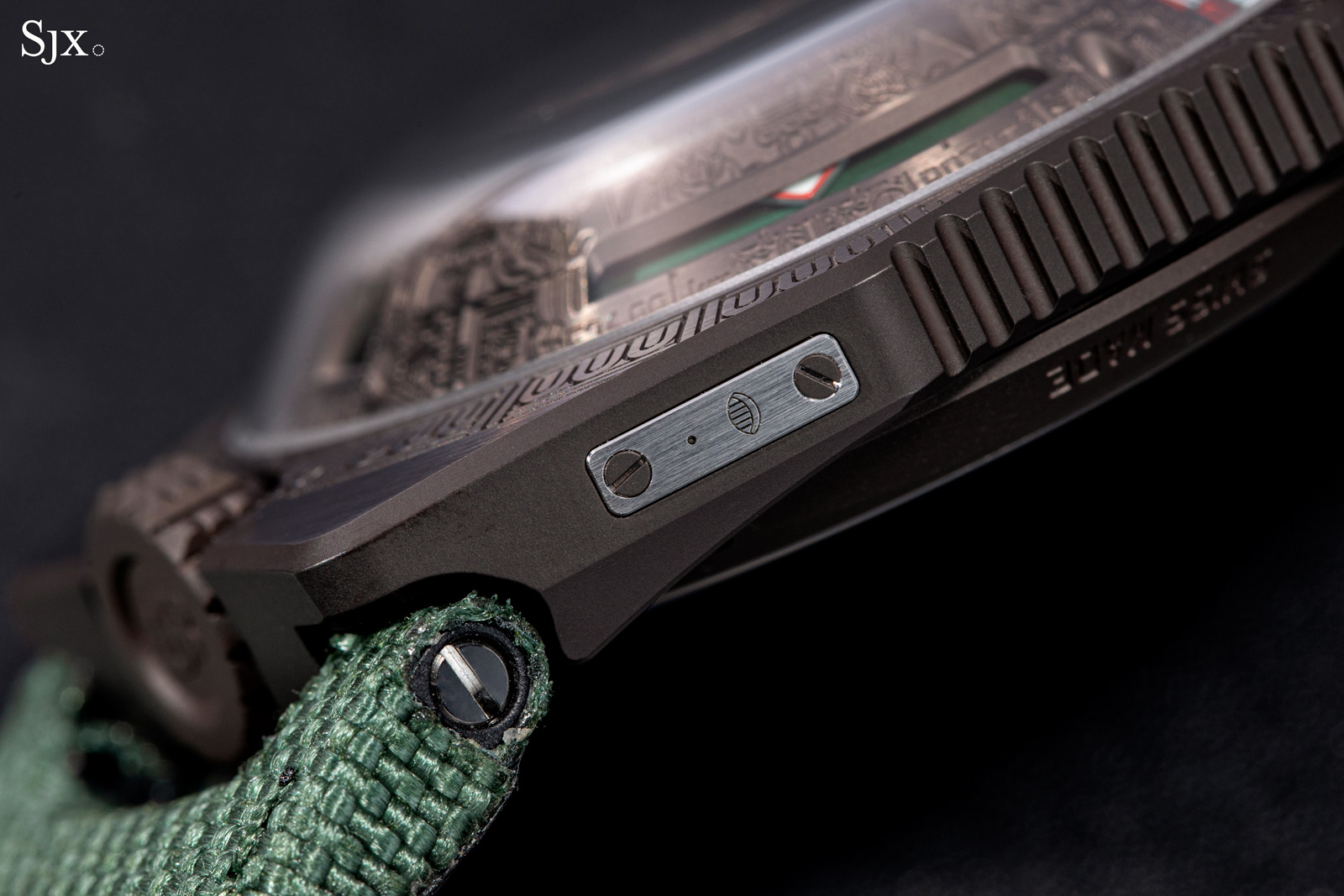
Another of the intriguing details that Martin designed into the watch
Key facts and price
Urwerk UR-100V “Time and Culture I”
Case diameter: 41 mm
Case height: 14 mm
Material: Steel with titanium back
Crystal: Sapphire
Water resistance: 30 m
Movement: UR 12.02
Features: Satellite hours and minutes; Earth’s rotational and orbital distance
Frequency: 28,800 beats per hour (4 Hz)
Winding: Automatic
Power reserve: 48 hours
Strap: Fabric with pin buckle
Limited edition: 20 pieces
Availability: Starting end April 2022 from SJX and Urwerk retailers
Price: CHF68,000 before taxes, or 106,000 Singapore dollars including GST
Click here to express interest.
Update: We are sold out, please contact an Urwerk retailer for availability.
Back to top.

